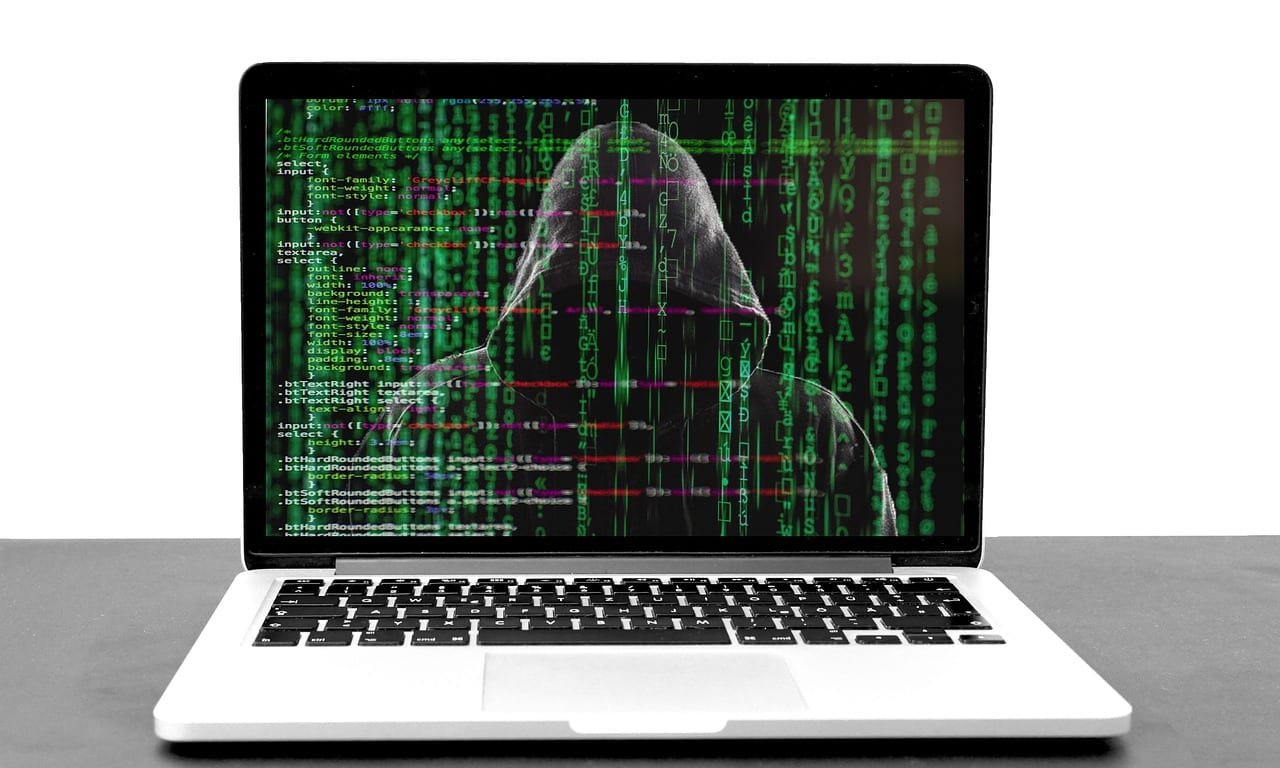Do you want to keep an eye on your workers at work? If you do, be aware of the issues that may crop up.
Email filters, website visit logs, global positioning systems, phone logs, keystroke logger apps, and even video surveillance are all choices for employers who want to track their employees’ workplace activities. However, just because businesses can use such reporting tools does not mean they should.
Anyone who has worked in the business world knows how easy it is to work a 9-5 day and accomplish nothing. Before computers, you could spend an entire day trying to read memos while trying not to daydream and stare into a void-like cubicle. It’s simpler to monitor now that so much of the “intelligence economy” work is done on a computer screen through PC monitoring software.
The Motive Behind Employee Monitoring
Employers may have compelling reasons to track and document their employees’ interactions and behavior, ranging from surveillance cameras to prevent fraud to phone call tracking to ensure efficiency.
Most workers nowadays expect some kind of employee computer monitoring software as part of workplace management. Electronic monitoring of employees is a useful way to ensure that your company’s resources are safe.
Following a series of workplace data breaches, it would also be appropriate for their employer to install computer monitoring systems to track the workplace, keep it safe and assess employee attendance and efficiency.
Also Check: 5 Key Challenges In Cybersecurity That Businesses Have To Deal With In 2021
However, the question arises. Is using employee monitoring software a good idea? What are the legal aspects of employee monitoring? What employee monitoring legal issues might you face with your company’s employee monitoring policies? Does it affect the ethical issues of workplace privacy?
The Do’s of Effective Employee Monitoring
1. Be Transparent About Monitoring
There are cases where covert monitoring in the workplace has brought up legal and ethical issues.
Most experts suggest being upfront about your employee tracking program, including what data you gather and how you plan to use it, whether mentioned in your employee handbook or other policy or just having a casual conversation with your teams. Building an effective team needs trust and honesty!
Employees do not want to feel as if they are being watched by “Big Brother.” This suggests that employers can clarify why they are conducting monitoring in the first place.
Employee monitoring should never be used to threaten or intimidate workers who exercise their constitutionally protected rights. Privacy guidelines and personal data privacy at work should be at the forefront of the thoughts of whoever is creating company policies for workplace monitoring.
2. Leverage Automated Alerts
Enable employee monitoring tools to take care of the heavy lifting for you. Set the guidelines for what may be perceived as suspicious or non-compliant actions, such as downloading files or accessing a pornography website, and you’ll be notified of these behaviors in real-time, allowing you to take immediate corrective action.
Workplace privacy and employee monitoring become much less stressful for both employers and employees when automated components are kept to reduce manual micromanaging.
3. Analyze your data
Workforce analytics can help organizations make better-informed decisions on how they manage their people based on compiled sets of precise data. Employee monitoring captures the data necessary to evaluate and finetune internal work processes in many ways. With the information extracted from monitoring practices, leaders can identify what works and what doesn’t. When you utilize data to its full extent, you can reveal existing areas of improvement in the way people work or make sure they aren’t overworked and do the best kind of work.
Leaders can reward top performers and come up with strategies to help non-performers. Data can assist with identifying trends in the workplace like risk factors or levels of satisfaction about certain developments in the company, for example.
This all can begin with a good employee monitoring system, fitted with powerful features and an electronic monitoring policy to maintain privacy guidelines monitoring and personal data privacy at work.
4. Be Flexible
It can be tempting to use employee monitoring software to block non-work-related websites, like social media and news sites. But not so fast.
While it may be important to limit some website and app usage during work times, providing employees access to these sites in downtime can positively impact productivity. Simply, moderation is essential.
Employees will enjoy having the freedom to check a notification or look up the address of a nearby restaurant at appropriate times, and it shouldn’t affect workplace efficiency or effectiveness.
The Don’ts of Effective Employee Monitoring
1. Micromanage or Spy on Employees
Webcams and location monitoring systems can seem to be the perfect way to ensure workers are working hard, but if you’re not careful, they may backfire.
Take the time to learn everything there is to know about the devices, including what they can do, how they operate, and, most importantly, any legal ramifications that can arise from their use.
There’s a thin line between legitimate business interests and inappropriate intrusion into people’s lives.
2. Use a One-Size-Fits-All Model for Understanding Productivity
Roles differ, as do the methods used by each team member to complete their tasks.
What distinguishes an effective, productive salesperson from a successful, productive engineer is vastly different. To get reliable market insights, stop comparing apples to oranges. Instead, baseline and compare metrics for similar positions.
3. Use Keylogging
Keylogging, also known as keystroke logging, is recording the keys pressed on a keyboard in order.
Passwords, bank account records, private messages, credit card numbers, PINs, and usernames are collected and stored by loggers. The risk of abuse greatly outweighs any supposed advantages.
Final Thoughts
Employee monitoring can be a vital step towards a more efficient workforce, but it’s equally important to practice monitoring with caution and care. Employers must maintain a level of trust and protect their employees from any wrongdoing while protecting their organization as a whole, so it’s important to keep these factors in mind.






